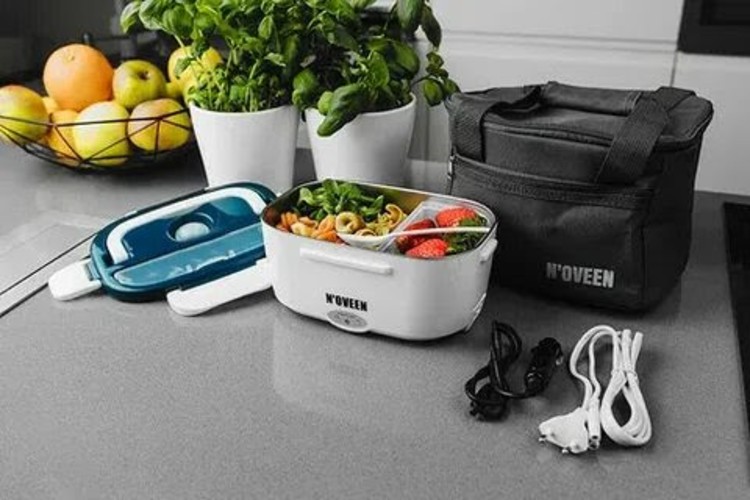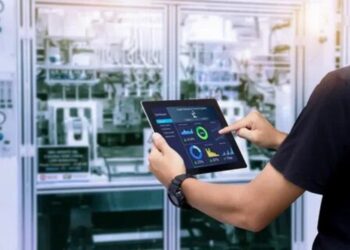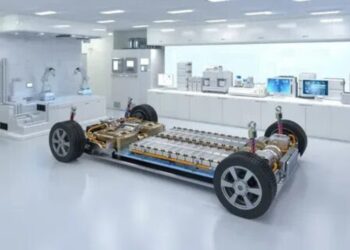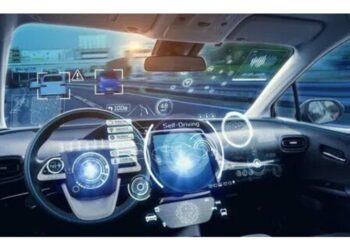In a world increasingly driven by convenience, sustainability, and mobility, the Electric Lunch Box Market has emerged as a practical solution for on-the-go meal consumption. With growing demand among office workers, students, drivers, and travelers, this market is no longer a niche segment—it’s a dynamic, global trend. As consumer lifestyles shift and technology advances, regional market trends are beginning to diverge, shaped by cultural eating habits, urbanization, income levels, and the pace of digital adoption.
According to insights from Fairfield Market Research, regional dynamics are playing a pivotal role in the evolution of the electric lunch box market. From Asia-Pacific’s bustling megacities to North America’s eco-conscious consumers, here’s a closer look at how geography is influencing product innovation, purchasing behavior, and growth trajectories.
Asia Pacific: The Powerhouse of Demand and Manufacturing
Asia Pacific stands as the most dominant region in the electric lunch box market, both in terms of consumption and production. Countries such as China, India, Japan, and South Korea are seeing a rising demand for electric lunch boxes due to rapid urbanization, increasing disposable incomes, and growing workforce populations.
China, the global manufacturing hub, not only leads in production but also experiences high domestic usage. Urban dwellers prefer electric lunch boxes for convenience, especially in cities where long commutes and busy schedules discourage eating out every day. In India, electric lunch boxes are becoming a popular choice among office-goers and students. The cultural preference for home-cooked food further boosts demand, especially among health-conscious consumers.
Moreover, the competitive pricing and wide product variety from regional manufacturers make the products accessible to middle-income consumers. Innovation in battery life, portability, and multi-compartmental designs is driven by strong consumer feedback loops, often enabled by platforms like Flipkart, Amazon, and regional e-commerce giants.
North America: Emphasis on Health, Convenience, and Tech Integration
In North America, particularly the United States and Canada, the Electric Lunch Box Market is growing steadily, fueled by increased health awareness and a push toward sustainable, cost-effective meal solutions. Consumers are becoming more proactive about meal prepping and avoiding fast food, which makes portable heating devices highly desirable.
What sets the North American trend apart is the integration of smart technology. Products with USB connectivity, temperature control, and app-enabled timers are gaining popularity among tech-savvy buyers. Brands are leveraging digital platforms and influencer marketing to position electric lunch boxes not just as functional items, but as lifestyle accessories.
Work-from-home and hybrid work models have also influenced buying behavior. Many professionals use electric lunch boxes to maintain structured eating habits without resorting to reheating food in microwaves, which are often perceived as unhealthy. The demand is also supported by environmentally conscious consumers seeking to reduce disposable packaging waste and food delivery consumption.
Europe: Sustainability and Minimalism Drive Consumer Choices
European consumers are known for valuing sustainability and minimalist design, and these values are strongly reflected in the electric lunch box trend across countries like Germany, the UK, France, and the Netherlands. Here, the emphasis lies on eco-friendly materials, energy efficiency, and durable design.
Europe’s stringent energy and environmental regulations have encouraged manufacturers to develop BPA-free, energy-saving electric lunch boxes that align with the region’s green goals. Furthermore, public transport usage and biking culture promote compact, lightweight, and secure containers that cater to urban professionals and students alike.
Germany, one of the fastest-growing European markets for portable kitchen appliances, is seeing a steady adoption of electric lunch boxes, especially among eco-conscious millennials. The growing vegetarian and vegan movement in Europe also means more consumers are preparing their meals at home, enhancing demand for reliable, heat-retaining containers.
Middle East and Africa: Gradual Adoption Backed by Urban Growth
The Middle East and Africa represent emerging markets with growing potential in the electric lunch box segment. Economic development, urbanization, and the expansion of corporate workforces in nations like the UAE, Saudi Arabia, and South Africa are driving a shift toward convenient and tech-enabled eating habits.
In the UAE and Saudi Arabia, busy professionals and migrant workers in urban areas increasingly rely on home-cooked food, creating a niche yet rising demand for electric lunch boxes. High temperatures in the region also make food safety a priority, so electric lunch boxes with temperature control and insulation features are highly valued.
Although infrastructure challenges and income disparity slow down market penetration in some African regions, increasing smartphone and internet access are enabling awareness through e-commerce and digital content. Retailers are beginning to tap into this growing segment by offering budget-friendly, rechargeable models tailored to local needs.
Latin America: Urban Middle Class Fuels the Market
In Latin America, especially in countries like Brazil, Mexico, and Argentina, the electric lunch box market is beginning to gain traction among the growing middle class. Rising food prices, coupled with inflation and economic instability, are pushing consumers to rely more on homemade meals to control expenses. This trend is fostering a stronger market for reusable and efficient meal-heating solutions.
Consumers in urban areas are drawn to electric lunch boxes for their affordability, reusability, and ability to eliminate dependence on public microwaves in shared office spaces. Online shopping trends and promotional campaigns on platforms like Mercado Libre and Amazon Latin America are also amplifying visibility.
However, power reliability and lack of infrastructure in rural areas remain challenges. As governments focus on improving digital and logistics infrastructure, the market is expected to gradually expand beyond major cities.
Global Trends: E-commerce and Digital Marketing Shape the Landscape
Across all regions, one unifying trend is the growing influence of e-commerce in shaping the Electric Lunch Box Market. Online platforms have made product discovery easier, while consumer reviews, comparison tools, and influencer endorsements heavily influence purchasing decisions.
Additionally, manufacturers are increasingly localizing their offerings—be it through language, voltage compatibility, or culturally relevant branding. Brands that understand regional habits, such as preferred meal sizes, eating times, and dietary preferences, are likely to gain stronger traction.
Fairfield Market Research notes that companies adopting omnichannel strategies and integrating consumer feedback into design innovations are gaining a competitive edge. Subscription-based meal prep services are also collaborating with electric lunch box brands to create bundled solutions for busy consumers.
Local Dynamics, Global Opportunities
The regional trends shaping the electric lunch box market are a testament to how cultural nuances, economic conditions, and technological access drive consumer behavior. While Asia Pacific leads the charge in both supply and demand, other regions like North America and Europe are making their mark through sustainability and smart innovations. Meanwhile, emerging regions in the Middle East, Africa, and Latin America offer untapped growth potential that forward-thinking brands can capitalize on.
As the world moves toward healthier, more sustainable lifestyles, the Electric Lunch Box Market is poised to continue its upward trajectory—fueled by regional diversity and unified by a global need for smarter eating solutions.













